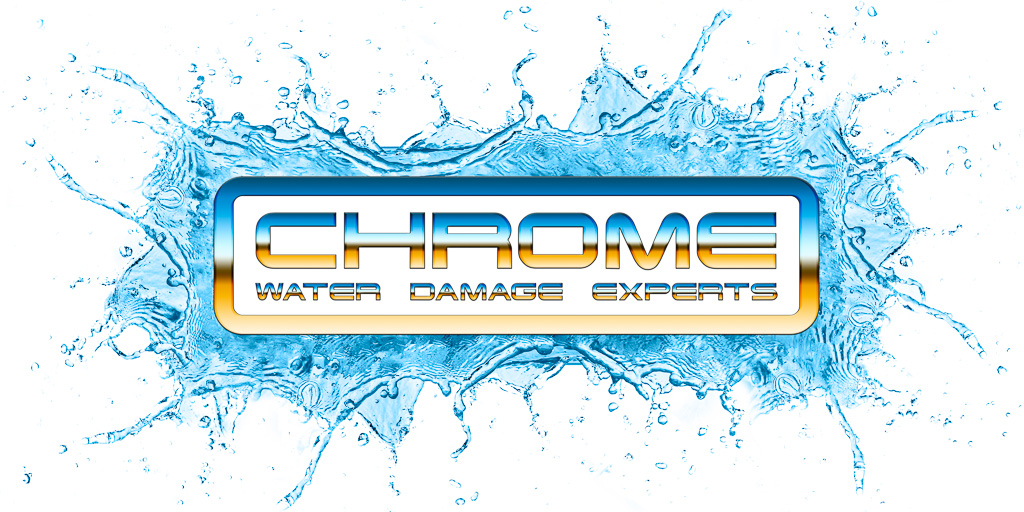Your Ultimate Checklist to Prevent Water Damage at Home

Water damage might not be the most exciting topic, but trust us—it’s a lot better to prevent it than to deal with the aftermath. From costly repairs to mold issues, a little prevention goes a long way. Let’s dive into the simple steps you can take to keep your home safe and dry.
1. Inspect and Seal: Stop Leaks Before They Start
Leaks are like uninvited houseguests—if you don’t deal with them quickly, they’ll cause a mess. Regularly inspect your home for signs of leaks. Check under sinks, around windows, and near your roofline. If you spot cracks or areas where water might sneak in, seal them up with caulking or weatherstripping.
2. Gutters and Drains: Your Home’s First Line of Defense
Gutters might not be glamorous, but they’re essential for preventing water damage. Make sure they’re clean and free of debris, especially after those windy Austin storms. When gutters clog, water pools around your foundation, which can lead to cracks and flooding.
Don’t forget about your downspouts! Make sure they direct water at least five feet away from your house.
3. Know Your Plumbing: Avoid Costly Pipe Problems
Your plumbing system works hard every day, so it deserves some TLC. Inspect pipes for signs of corrosion, leaks, or weak spots. If you live in an older Austin home, consider having a professional check your plumbing for potential issues.
Here’s a tip: Insulate your pipes during winter. We may not get snow often, but Austin’s occasional cold snaps can freeze and burst pipes. And trust us, you don’t want to wake up to a flooded kitchen because of one frosty night.
4. Outdoor Maintenance: Prevent Problems Before They Start
The outside of your home is just as important as the inside when it comes to water damage prevention. Here are some steps to safeguard your property:
- Maintain Landscaping: Trees and shrubs with invasive roots can damage underground pipes and foundations. Plant them at a safe distance from your home and trim back overgrown branches.
- Patio and Deck Care: Make sure patios, decks, or driveways slope away from your home to prevent water from pooling near the foundation.
- Inspect Sprinkler Systems: Check for leaks or broken sprinkler heads that can lead to overwatering and saturation near your home’s foundation.
5. Seasonal Tips: Stay Ahead of the Weather
Different seasons bring different water damage risks. Here’s how to stay prepared:
- Spring: Inspect your roof and gutters for damage caused by winter weather. Ensure proper drainage to handle heavy spring rains.
- Summer: Check outdoor hoses, faucets, and sprinklers for leaks. Monitor your water usage and ensure your irrigation system isn’t overwatering.
- Fall: Clear leaves and debris from gutters and downspouts. Ensure downspouts direct water away from your home.
- Winter: Insulate exposed pipes and leave faucets dripping during freezing weather to prevent bursts. Drain outdoor hoses and turn off external faucets.
6. Appliance Awareness: Keep the Machines in Check
Appliances make our lives easier, but they can also be sneaky culprits of water damage. Regularly check hoses and connections on your dishwasher, washing machine, and refrigerator. Replace any worn-out hoses—it’s a small investment that can prevent major water disasters.
Water heaters deserve a special mention. Sediment can build up inside, leading to leaks or even bursts. Drain your water heater annually to keep it running smoothly. If that sounds like a hassle, consider bringing in a professional.
7. Control Indoor Humidity: Mold’s Worst Enemy
Excess moisture can lead to mold growth, which causes water damage over time. Use dehumidifiers in damp areas like basements or bathrooms, and make sure your home is well-ventilated.
Pro tip: If you notice condensation on your windows or walls, it’s a sign you need to lower the humidity. Addressing it early can save you from dealing with mold remediation later.
8. Plan for Storms: Be Ready When Weather Strikes
Heavy rains can overwhelm storm drains and cause flash flooding. Protect your home by keeping storm drains clear and using sandbags if you’re in a flood-prone area.
It’s also a good idea to have an emergency kit ready. Include essentials like flashlights, batteries, and important documents in waterproof containers. Preparation makes all the difference when severe weather hits.
9. Basement and Foundation: Secure the Groundwork
Your home’s foundation is its literal base, so it’s crucial to keep it in good shape. Check for cracks and seal them promptly. Make sure water drains away from your home’s perimeter to avoid pooling around the foundation.
If you have a basement, consider installing a sump pump. It’s like a superhero for your home, swooping in to remove water before it causes damage. And don’t forget to test it regularly—even superheroes need maintenance!
10. DIY Tips vs. When to Call a Pro
Not all water damage prevention tasks are created equal. Here’s a guide to what you can handle yourself and when it’s best to bring in an expert:
- DIY:
- Cleaning gutters and downspouts.
- Checking for visible leaks under sinks or around windows.
- Insulating pipes with foam covers during winter.
- Testing your water meter for hidden leaks.
- Call a Pro:
- Fixing significant foundation cracks.
- Inspecting older plumbing systems.
- Repairing damaged roofs or siding.
- Conducting mold remediation or major water extraction.
Prevent Water Damage & Keep Your Home Safe and Dry
Preventing water damage isn’t rocket science, but it does take effort and vigilance. By following this checklist, you can protect your home, save money, and avoid unnecessary stress. From cleaning gutters to preparing for storms, every step makes a difference.
If you ever need assistance, Chrome Water Damage Experts is here to help. Whether it’s advice, repairs, or a full inspection, our team is just a call away. Together, we can keep your home safe, dry, and worry-free for years to come. Contact us today to get started!
